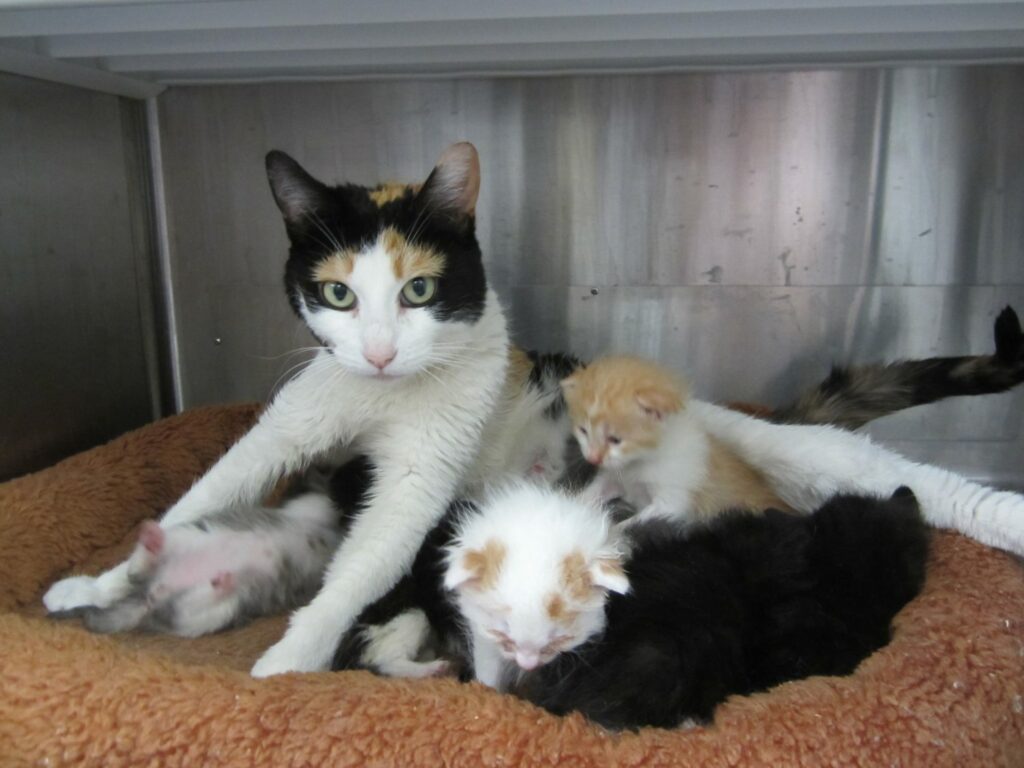My cat bites during petting sessions, what should I do?
By Dorothée Pâris Pasturel • 10 December 2024
Although most cats enjoy being petted, there are times when they may exhibit unexpected behavior and resort to biting. Understanding the reasons for these bites will help you have safer and more enjoyable interactions with your feline companion.
Find out in this article the most common triggers of cat bites and tailored advice on how to prevent such incidents.
Sensory overstimulation
Since cats have sensitive sensory receptors, overstimulation can lead to annoyance or even frustration. Petting sessions that are too long or too intense can cause cats to feel overstimulated and increase the risk of biting.
Before biting, your cat will indicate to you, in his own language, that he is starting to get tired of your caresses. Here are some bodily signs of overstimulation:
- sharp tail movements,
- flattened ears,
- dilated pupils,
- look towards the caressing hand,
- growl.
To avoid biting in such situations, it is essential to read your cat’s body language and respect his boundaries. Don’t wait for the bite to happen! Watch for signs of discomfort and give him breaks during petting sessions, which will allow him to calm down.
Sensitive areas and handling
Cats have certain areas that are more sensitive than others. For example, the belly, paws, or tail may be uncomfortable for some cats to touch. When these areas are petted or touched, it can trigger defensive reactions, leading to biting or scratching. Pay attention to your cat’s preferences and avoid touching their most sensitive areas. Stick to areas like the head, chin, or along the back, where most cats enjoy being petted.
Pain or discomfort
Cats may also bite if they feel pain or discomfort when being touched. It is essential to check if your cat may have an underlying health condition or injury. If your cat suddenly starts reacting aggressively during petting sessions, it is advisable to consult a veterinarian to rule out any medical conditions, such as joint pain, a wound, or infection. Addressing your cat’s discomfort will help ease their stress and minimize the likelihood of defensive biting.
Inappropriate petting techniques
Sometimes we tend to pet our little feline a little too hard or too roughly, simply “because we love it too much!” However, even if this may seem innocent from our point of view, it can cause discomfort and force your cat to want to defend itself.
Also, sudden movements or unusual gestures can scare a cat, triggering a fear response. It is essential to use gentle, slow, and consistent petting movements that allow the cat to feel comfortable and secure. Pay attention to your cat’s reaction and adjust your technique accordingly.
Emotional state and mood
A cat’s emotional state and mood can greatly influence their response to petting. If a cat is already feeling anxious, stressed, or agitated, they may be more likely to bite. Factors such as changes in the environment, unfamiliar visitors, or previous negative experiences can contribute to their emotional state. In such cases, it is best to approach the cat with caution and give them space if they show signs of irritability or aggression. Providing a calm and predictable environment can help reduce their anxiety and prevent biting incidents.
You may also be interested in these articles:
Bite Prevention: How to Protect Our Children
Help, my cat meows in the morning!
Preparing your pet for the arrival of your baby





Leave a Reply